Touchpoint Editor-in-Chief Jesse Grimes takes a deep dive into this issue, speaking to several people at the forefront of this trend, and offers his insights on what it means for service design.
Ten to fifteen years ago, when service design was still a young discipline, it was largely carried out by a handful of dedicated agencies, such as Livework and Engine in London. As the years progressed, new agencies sprung up, with the geographical focus of service design continuing to be northwest Europe, the UK and the Scandinavian and Nordic regions. Simultaneously, agencies whose specialisms made them natural candidates to adopt service design established internal practices of their own, such as Adaptive Path (UX) and IDEO (product design).
More recently, mirroring a trend that started much earlier within the world of UX, the establishment of in-house service design departments became more commonplace. Rather than relying on short-term, project-based engagements, large companies and public sector entities built teams of service designers that operated internally, day in and day out. (See the theme articles of Touchpoint Vol. 7 No. 2 on ‘In-house Service Design’, and ‘The Evolution of Innovation Labs’ in Touchpoint Vol. 8 No. 2 for more coverage of these trends.)
But starting over three years ago, a new trend started to ripple across the world of service design practice: acquisitions and mergers. Rather than relying on organic growth to establish service design capability, companies began to acquire entire agencies at once, and design agencies merged forces to rapidly expand their offerings. And the big players driving this trend have been the global management consulting firms.
Before diving into my observations on the implications of this trend for service design, it’s worthwhile pointing out that service design capabilities may not have always been the key attribute which triggered the acquisition in the first place; in some cases, it is the overall design expertise that was being sought, whether digital or product. With that being said, my focus indeed falls on what it means for service design.
The takeover that got the ball rolling: Accenture and Fjord
London-based Fjord was founded in 2001, and by 2013 had grown to reach the top tier of service design agencies in terms of reach and size. It operated in fifteen cities around the world, and had a headcount of around 400 staff. But that year, a momentous shift took place. Fjord was acquired by Accenture, bringing it under the wing of Accenture Interactive, and giving its designers 260,000+ new colleagues, and the processes and systems of a global giant. Commenting on the reasons for the acquisition at the time, Brian Whipple, Global Managing Director of Accenture Interactive, said “In today’s environment of digital disruption and heightened consumer expectations, the battle is for consumer engagement, and Accenture and Fjord together will offer a deep blend of skills and expertise to help clients deliver innovative experiences that bridge marketing, commerce and service.”
Two years later, the acquisition had proven to be successful enough to significantly grow Fjord, which continues to maintain its brand identity. By mid-2015, the design team at Fjord had doubled, and the number of offices had expanded from nine to seventeen. By late 2015, Texas-based ‘creative technology’ studio Chaotic Moon, Hong Kong’s PacificLink Group of digital agencies, and Sweden’s content and commerce platform provider Brightstep had all been acquired by Accenture.
Shelley Evenson, Managing Director, Fjord Evolution, has been with Fjord since its pre-Accenture days. Looking back at what triggered the acquisition, Shelley said: ”What Accenture really saw in Fjord was Fjord’s design capabilities, and a different innovation perspective than what existed within other groups in Accenture. We were a consolidated force and were well known in the field, at a reasonably great scale, doing great work, and that’s what attracted them to us.”
And – citing a theme that comes up again and again when exploring this trend – Shelley said that the acquisition has meant that her work has taken on a scale that was not possible before: “[The acquisition] gave Fjord a pretty incredible set of capabilities for thinking about implementation. Instead of just conceiving what things could be, it was about bringing them all the way through.”
Breaking from the common convention where (service) designers carry out a project, yet depart and leave the implementation up to the client, Accenture has given Fjord the opportunity to stay engaged through to the end. And that’s thanks to the types of relationships Accenture typically has with its clients; ones that are long-term and deeply-embedded in organisations (rather than tactical or operational projects that end after weeks or months).
Those relationships have also opened doors within client organisations that are typically out-of-reach for designers operating externally. “We now have access to the highest parts of the largest organisations in the world,” said Shelley. “That’s pretty exciting when you think about what kind of impact it allows.”
How has it changed the day-to-day work of a Fjord service designer? While there are some potentiallyburdensome policies related to things such as IT and equipment, the shift has not been a difficult one. As Shelley described, “Predominantly, Fjord still works in the same way that we worked before. But we’re involved a lot longer, because we’re following through. It now goes from discovery and service design strategy, through to implementation. But fundamentally it’s made us smarter about all the work that we do.”
Good partnerships are also two-way value exchanges, and Accenture has benefited from the collective mindpower of hundreds of designers who specialise in tackling complex challenges. “Another exciting thing is that Accenture overall is curious and dedicated to getting ever better,” explained Shelley. “So they leverage aspects of Fjord to help Accenture reinvent itself.”
A leading light goes client-side: capital one and adaptive path
Also founded in 2001, San Francisco-based Adaptive Path has long been a leading player in terms of UX expertise – and latterly in design management and service design – as well as having a well-established events business. In 2014, headlines were made in both the design and financial communities, when the agency was fully acquired by financial services giant Capital One. In one fell swoop, a 44,000+ employee company had acquired 30+ design specialists - without even having had an agency-client relationship beforehand. What would this mean for the way Adaptive Path’s designers carried out their design work? And would the loss of independence as an agency be outweighed by the opportunities to operate with more impact, from the inside? As Touchpoint contributor and industry expert Kerry Bodine wrote at the time, “It’s not often I hear news that makes me scratch my head for hours on end.”
Two years down the road, I had a chance to speak to Jamin Hegeman, who transitioned to Capital One alongside his Adaptive Path colleagues, and then transitioned to a role as head of design for Capital One’s Financial Services division in 2016. As he sees it, the acquisition was triggered by a desire to quickly build up Capital One's nascent design capability.
But integrating mature design expertise which had heretofore operated externally and independently into a massive organisation came with its challenges. Not only did Capital One get a leading design agency, they also got a leading service design agency. "Integrating design into an organization is no small feat,” said Jamin. “Adding service design, which most organisations are still grappling to understand, is an even greater challenge.”
While the transition has had its challenges, Jamin sees it as positive. “We're making headway,” he said. But it has also presented some unique opportunities. “The scale of influence is the thing I find most interesting about being internal. I'm increasingly thinking that 'service design at scale' is my theme,” said Jamin. “I'm focused less on the details of the methods. It's really about how service design orients itself to the functions of the organisation. How it integrates into existing processes and systems and its practical application for a 5,000-person division, rather than a project-based design team.”



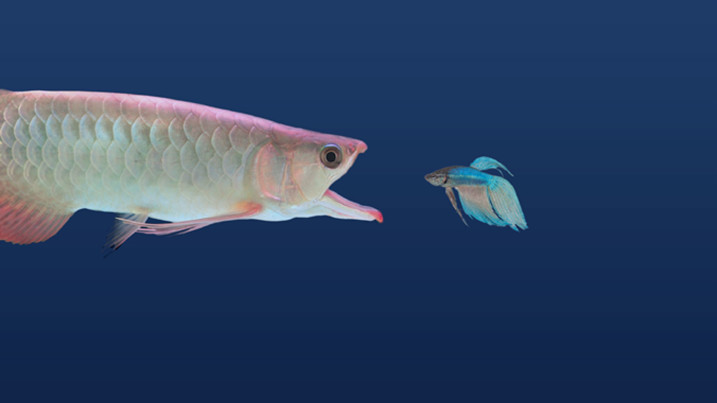

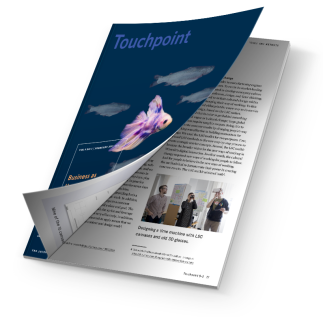

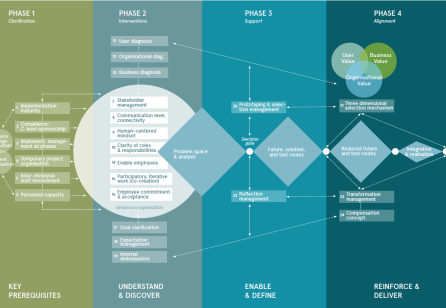
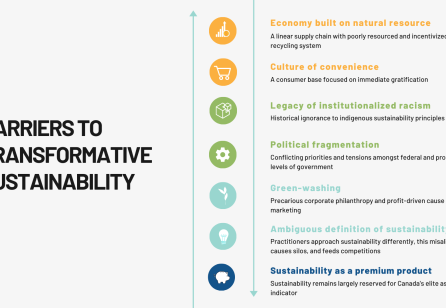
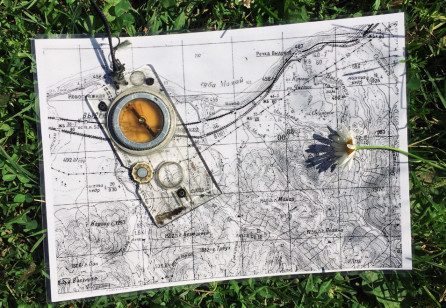

Share your thoughts
0 RepliesPlease login to comment